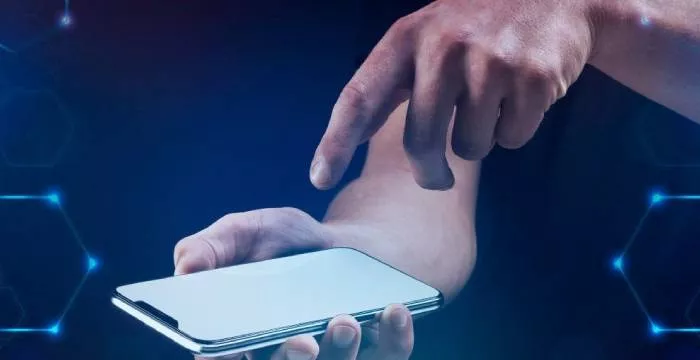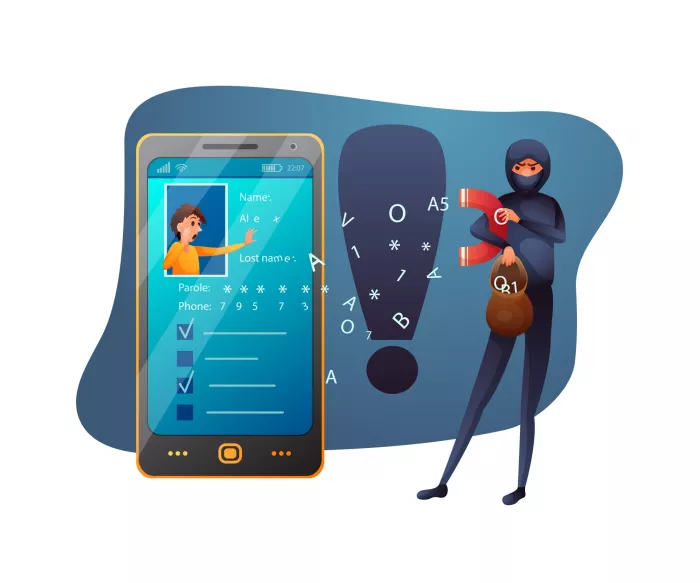
The Mobile Device as a Digital Witness
In virtually every modern investigation, the mobile phone stands as a critical witness. These devices hold a wealth of personal and contextual data: communications, photos, locations, web activity, and more. From a minor incident to a major felony, the digital evidence contained within can be pivotal. Extracting and analyzing this information is the domain of cell phone forensics, a specialized field that relies fundamentally on powerful digital forensics software. This software acts as the investigator's primary tool, bridging the gap between raw mobile data and actionable evidence.
The Unique Landscape of Cell Phone Forensics
While related to broader digital forensics, cell phone forensics presents its own unique set of challenges. Mobile devices are distinct computing environments, with varying operating systems (iOS, Android, and others), diverse hardware, and constant security updates. Unlike static hard drives, phones are dynamic, encrypted, and often require specific bypass methods to access their internal data.

Key challenges include:
- Vast Data Types: Phones store everything from call logs and SMS to complex app data (e.g., encrypted messaging, fitness trackers, banking apps). Each app stores data differently, and their formats constantly change.
- Robust Security Features: Passcodes, biometric locks, full-disk encryption (like APFS for iOS), and secure enclaves are standard. These features are designed to protect user privacy but make forensic acquisition a complex task, often requiring specialized techniques to bypass.
- Operating System Fragmentation: Especially with Android, the multitude of device models, OS versions, and manufacturer customizations creates a complex landscape. A method that works on one device might fail on another, even within the same brand.
- Data Volatility: Some critical data, like active processes or live network connections, resides only in volatile memory (RAM) and can be lost quickly if not acquired properly and promptly.
- Proprietary Formats: Many manufacturers and app developers use unique, often undocumented, data formats that demand specific decoders within the forensic software.
Overcoming these hurdles necessitates highly capable digital forensics software designed specifically for mobile environments, continuously updated to match the pace of mobile technology.
Digital Forensics Software: The Core of Mobile Investigations
At its heart, digital forensics software for mobile devices is designed to perform several critical functions, enabling investigators to move from a locked device to comprehensive evidence.
These functions include:
- Secure Data Acquisition: The software facilitates various types of extractions to maximize data retrieval:
- Logical Acquisition: Collecting user-accessible data like contacts, call logs, and SMS messages. This is generally the fastest and least intrusive but most limited method.
- File System Acquisition: Accessing the device's file system, including application data and often deleted files, bypassing some security measures. This can include methods like ADB backup, agent-based acquisitions, or even leveraging jailbreaks or exploits.
- Physical Acquisition: Creating a bit-for-bit copy of the device's entire memory, including unallocated space where deleted data might reside. This is the most comprehensive but technically challenging, often requiring specialized hardware or bootrom exploits (like Checkm8 for certain iOS devices).
- Automated Parsing and Decoding: Once data is acquired, the digital forensics software automatically identifies and decodes hundreds of different mobile application databases, communication logs, and system files. This transforms raw, unreadable data into organized, human-readable information, crucial for efficient analysis.
- Data Recovery and Carving: Specialized algorithms within the software can recover deleted messages, photos, videos, and other files from unallocated space or damaged file systems, often bringing lost evidence back to light. This is vital when suspects attempt to destroy evidence.
- Timeline Reconstruction: The software compiles timestamps from various data sources (messages, calls, app usage, location data, system logs) to create a chronological timeline of user activity, which is invaluable for understanding events before, during, and after an incident.
- Search and Filtering: With potentially gigabytes or even terabytes of data on a single phone, robust search, keyword indexing, and advanced filtering capabilities are essential to quickly pinpoint relevant information within vast datasets.
- Reporting: Generating comprehensive, customizable reports that summarize findings in a clear, legally admissible format, suitable for court presentation or internal review. These reports often include links back to the original evidence for verification.
Beyond Extraction: Deep Analysis and Insight with Advanced Tools
Modern digital forensics software goes far beyond mere data extraction. It empowers investigators with analytical features that turn raw data into actionable intelligence, providing a holistic view of device activity. For instance, Belkasoft digital forensic software is a prime example of a solution engineered for these advanced needs.
Its mobile forensics capabilities include:
- Broad Device Support: It supports a wide array of iOS and Android devices, handling various acquisition methods, including iTunes backups, agent-based full file system extractions, and leveraging specific exploits like Checkm8 for certain iPhones. It also supports specialized acquisitions like JTAG and chip-off dumps, and parsing of third-party images (e.g., UFED, GrayKey).
- Extensive Artifact Support: Belkasoft digital forensic software can automatically identify and parse over 1,500 types of digital artifacts from mobile devices. This includes popular chat apps (WhatsApp, Signal, Telegram, Viber), social media, browsers, mailboxes, documents, images, videos, geolocation data, even cryptocurrency wallets and fitness tracker data.
- AI-Powered Assistance (BelkaGPT): To tackle the complexity of mobile data, Belkasoft X integrates BelkaGPT, an AI-powered forensic assistant. This allows investigators to use natural language queries to intelligently search case data. Crucially, it operates offline, ensuring data privacy and compliance, and provides references to artifacts, allowing investigators to verify AI interpretations.
- Visual Analytics: Tools like Connection Graph show relationships between people and artifacts across multiple devices. Timelines provide a chronological view of events, and advanced picture/video analysis (including face detection, categorization) streamline media review.
- SQLite Database Recovery: Mobile apps heavily rely on SQLite databases. Belkasoft digital forensic software excels at recovering data from corrupted or incomplete SQLite databases, including deleted records, freelists, and unallocated space, often revealing critical hidden information.
- Mobile Passcode Brute-Force: The software includes modules for brute-forcing passcodes on certain iOS and Android devices, providing another avenue for data access.
These comprehensive features ensure that investigators can handle the most challenging mobile cases, turning vast, complex datasets into clear, compelling evidence.
The Indispensable Role of Software in Mobile Investigations
In the complex and rapidly evolving world of cell phone forensics, digital forensics software is not merely a convenience; it is an indispensable foundation. It equips investigators with the necessary tools to navigate device security, manage vast quantities of diverse data, and transform digital fragments into coherent narratives. Advanced platforms like Belkasoft digital forensic software with its extensive mobile acquisition capabilities, intelligent artifact parsing, and AI-powered insights like BelkaGPT, are crucial for modern investigations. As mobile technology continues to advance, the sophistication and adaptability of this specialized software will remain the cornerstone of effective mobile investigations, ensuring that critical evidence can always be brought to light.





Comments